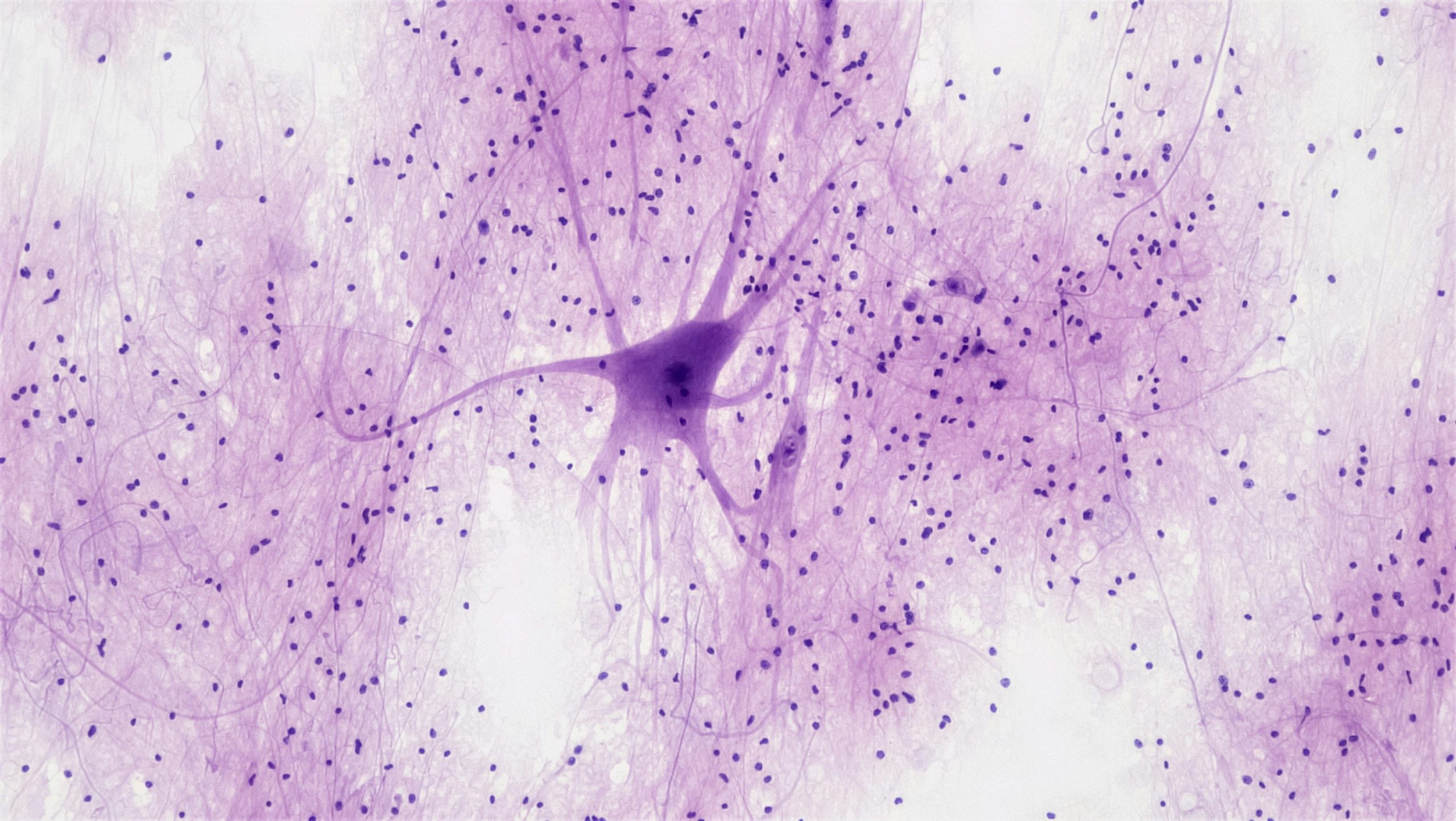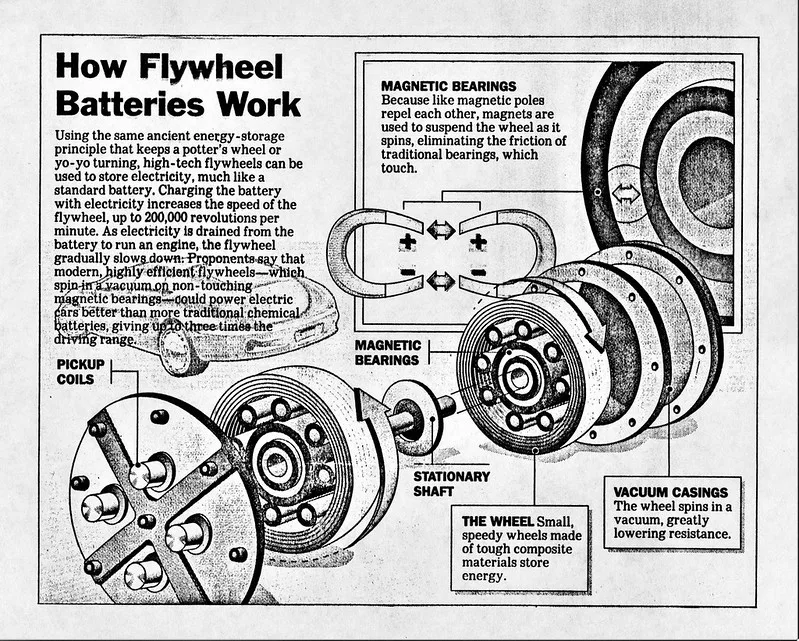OVERALL WINNER of the Hilary Term 2021 Schools Science Writing Competition
Rohit Antonygnaneswaran, Year 12, Chatham and Clarendon Grammar School
A levitating frog and Scotch tape. Would you be surprised to know that they were both part of a scientist’s
research projects that led to breakthroughs in different fields of physics? Or that both of these projects won
him two Nobel Prizes? (Well, one was the Nobel Prize in Physics and the other was the Ig Nobel Prize, an
award for achievements that first make people laugh, and then think.) The man behind all of this was
physicist, Andre Geim.
Perhaps the most remarkable fact about these projects was that they were not the culmination of Geim’s daily
work. They were instead the results of something he calls ‘Friday Night Experiments’ (FNE), short-term projects
that were unrelated to his day job and were not expected to produce anything substantial. Having spent
roughly 10% of his lab time on this type of research, only 3 of 24 or so FNEs have been successful: discovering
direct diamagnetic levitation of water; creating a biomimetic adhesive that mimics gecko feet, and isolating
graphene.
Geim’s first tenured position was at the University of Nijmegen in the Netherlands where he conducted his
first successful FNE. Using the lab’s electromagnets which have a strength of 16 Teslas (about 10,000 times
stronger than the surface field of a typical refrigerator magnet) he poured water inside to see what would
happen. Unexpectedly, droplets of water began floating which surprised him and 90% of his colleagues. This
experiment was significant as it disproved the common belief that water’s magnetism was not strong enough
to counter gravity. A frog that was placed inside, in the hopes it would appeal to a broader audience and make
more people aware of this phenomenon, also floated making it the first time a living organism levitated purely
due to magnetic fields. The pictures of the levitating frog, which many thought were an April fools’ joke, gained
mass media coverage and led to Geim winning the Ig Noble prize in 2000, an award he says he values equally
to his Nobel Prize in Physics.
His next breakthrough was isolating a 2D graphene sheet, an achievement that earned him the nickname
‘father of graphene’. Scientists at the time thought it was impossible to have a 2D lattice due to the thermal
fluctuations causing such a structure to fall apart. However, he was able to prove them wrong with Konstantin
Novoselov at the University of Manchester in 2004, 189 years after we were aware the special material
existed.
This discovery was significant as graphene has many unique properties: 200 times stronger than steel but
lighter than aluminium; transparency of 98% but impervious to helium, the most permeating gas; the best
electrical conductor at room temperature. You might imagine such an elusive material would have required
state-of-the-art technology and complicated processes to uncover. This was what physicist Phillip Kim was
trying to achieve using high-tech methods but Geim was able to do so using a common household item —
Scotch tape. Geim had witnessed how Scotch tape would be used to clean the tops of graphite and there
would be flakes of graphite left behind on the tape. He decided to repeat this process several times which led
to thinner and thinner flakes until, eventually, they were able to isolate a single graphene sheet.
Geim’s paper on this matter remains one of the most cited papers in material physics and led to him and Novoselov winning the Nobel Prize in physics in 2010 for “ground-breaking experiments regarding the two-
dimensional material graphene.”
Geim has continued his research in graphene due to all the potential applications of the material which has the
possibility of revolutionising not only the electronics industry but also medicine, energy production and many
others. Just last December he was able to use graphene sheets to prove Lord Kelvin’s work on the
phenomenon of capillary condensation, the magic that makes sandcastles possible, which despite being
proposed 150 years ago has only now been backed up with scientific evidence. As the first and only scientist to
win both the Nobel Prize and Ig Nobel Prize, these two prizes are certainly a testimony to the ingenuity and
creativity of the physicist, Andre Geim.
Overall winner of the Schools Science Writing Competition, Hilary Term, 2021
Image credit: Jonathan Taylor via Unsplash





